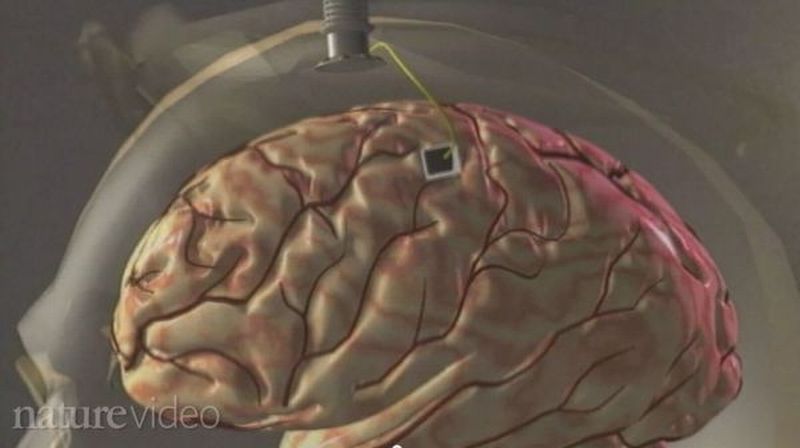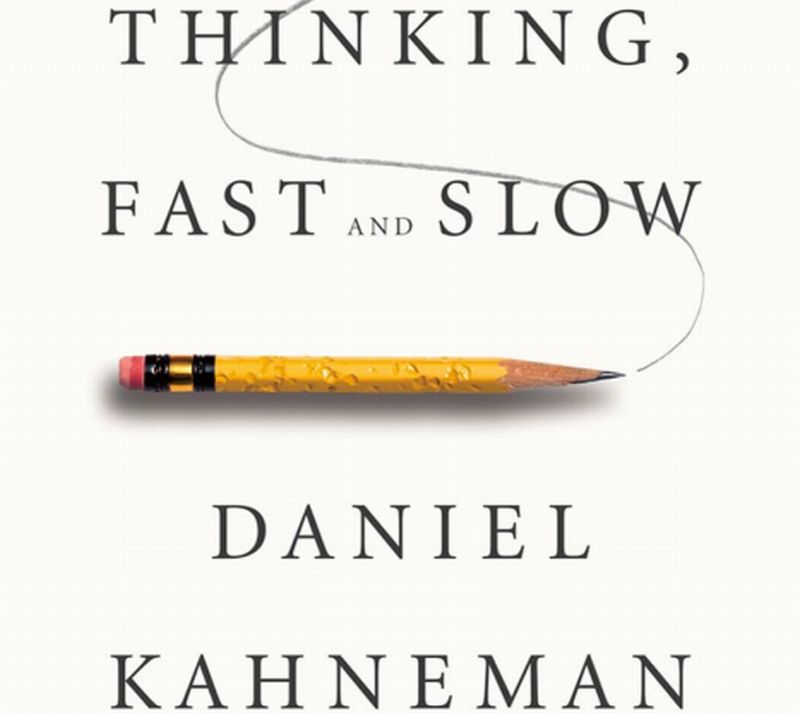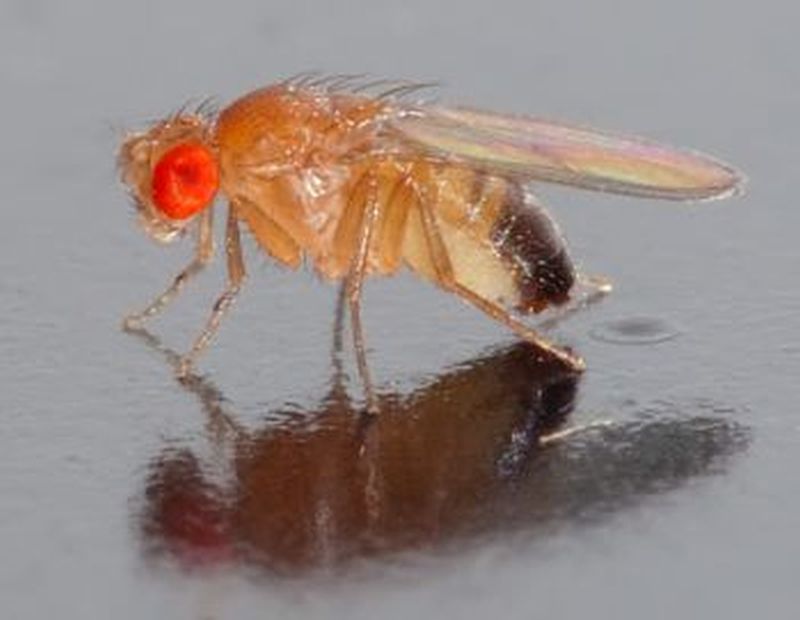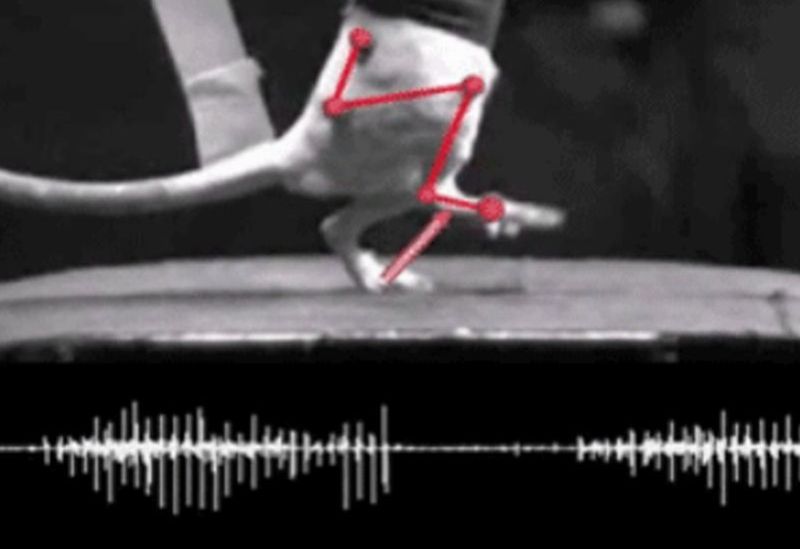It gives me immense pleasure to introduce today Dr. Wei Gao, research scientist at University of California, Berkeley and Lawrence Berkeley National Laboratory. His research areas include nanomaterials, flexible electronics, micro/nanomachines, nanorobotics, biosensors, electrochemistry, nanomedicine and MEMS. Dr. Gao has coauthored numerous scientific journals like: “Reversible Swarming and Separation of Self-propelled Chemically-Powered Nanomotors under Acoustic Fields” “Artificial Micromotors in the Mouse’s Stomach: A Step Towards In Vivo Use of Synthetic Motors” “Water-Driven Micromotors for Rapid Photocatalytic Degradation of Biological and Chemical Warfare Agents” “Self-propelled activated-carbon Janus micromotors for efficient water…
Search Results for: brain
Parasitic Wasp stings Virus to control Ladybug’s Mind: Bio-Weapon turns them into Zombie
Life of animals, either big or small is not easy. Those with the most advanced skill can only survive in the nature. Our nature is full of such examples where for the survival, some animals resolves to take up sexual cannibalism while other uses virus to control the mind of their host organism. Such animals that derive benefits at the expense of other animals are termed as parasites.
Smartphone driven Autonomous Drone: The Smart Copter
For the first time consumer-grade electronics are used for programming autonomous drones. This drone makes use of smartphone as its brain. The phone senses its environment by taking real time pictures. Even the real time computation is done on the device itself along with higher-level autonomy, maneuvering, navigation, control and computer vision algorithms. The product is the brainchild of GRASP Laboratory, University Of Pennsylvania. Click on the video below to see the autonomous flying robot: This makes me think, if you lose your smartphone, you’d end up losing the drone…
Head Mounted Wireless System Fabricated: Paralyzed Patients to convey thoughts at the speed of Internet
Now paralyzed patients would soon be conveying their thoughts via remote control manually attached to their skull. Experts at Brown University in collaboration with Blackrock Microsystems, a firm based in Utah have fabricated the wireless device. They claim that the gizmo can be implanted to the skull of a patient and then the thought commands are transmitted by the inbuilt radio system. As per the sources, once it gets clearance from the U.S. Food and Drug Administration, the device would be tested on volunteers, by the end of this year.
Polymer that Mimics Sensory Capabilities of Real Skin: The New Smart Skin
Even the most cutting edge technology in prosthetic limbs cannot identify the sensory capabilities of real skin. Although, its manipulation and controls are done with the help of attached muscles and brain yet there have been no way out for detecting the coldness or hotness of a glass its holding. Neither can the wearer detect whether a glass is slipping out of its appendage’s grasp. However, things would no more be the same now, for prosthetics. Korean researchers in collaboration U.S. experts have fabricated an innovative polymer that mimics not…
Thinking, Fast and Slow by Daniel Kahneman
Thinking, Fast and Slow is a masterpiece written by the Nobel Laureate, Daniel Kahneman; in here, he is targeting human irrationality. He starts with the book by naming the two parts of a brain as System I and System II, where System I, is the ‘intuition part’, which operates automatically most of the times and is without logic; while System II denotes effortful mental activity, involving logics. It is because of the System I that humans suffer from cognitive biases or the unconscious errors that leads one to jump onto…
Supplements do not Enhance an Individual’s Cognitive Performance: Balanced Diet is the Key
For long, B group vitamins, especially B6, B12 and folic acid has been considered playing a pivotal role in keeping the human’s brain healthy. They are known to boost memory and avert risk of disease such as Alzheimer’s disease. Because of these benefits, the vitamin B has become a part of a healthy diet.
Robots would now Learn to Fall from Cats and Divers: Biomimicry
It’s not just the design but the falling mechanics too are being studied for implementation by researchers in biomimicry. In an attempt to develop natural reflexes in robots, scientists at the US are studying the techniques through which cats and athletes twist their body mid-air without being injured at the landing. By recreating the similar reflexes in droids, researchers aim to cut down the probability of robots crashing especially during hazardous missions like search-and-rescue operations.
Individual Genes responsible for Violent Crimes: Nature versus Nurture
The debate on what makes a person more violent than another is still on. The question is whether criminals are born with such fierce nature or any incident or experience shape up such violent trait in criminals is yet to be answered. So far, scientists have proposed that certain genes (by altering brain chemistry), might be an influential factor behind such violent behavior. But DNA clues to back this suggestion is not present.
Fruit Fly can sniff out Drugs and Bombs: Electronic Noses Technology
When it comes to detecting bomb or drugs, generally dog is the first animal that comes in our mind. But would you believe when I say that very soon fruit-fly might be taking over the job of detecting bombs and illicit drugs? Surprised! According to a research conducted by the University of Sussex, fruit fly’s sense of odor can be employed in an innovative technology to expose bombs and drugs.
Charging Gadget in Bedroom leads to Weight Gain: Light from Devices Disrupt Metabolism during Sleep
Gadgets have made our lives convenient, but at the same time, safety issues have thwarted their ease. Experts are still debating & studying whether radio wavelengths emitted from cellular phone causes brain cancer or not. Now another team of researchers has discovered that charging cell phones or tablets in the bedroom, during night can lead to weight gain.
High Sugary Drinks lead to Poor Memory: Neuroinflammation
High intake of sugar-sweetened beverages (containing high sugar or high fructose corn syrup content) are responsible for obesity, diabetes, coronary heart disease and other disorders. But recently, experts have found that these beverages when consumed (especially in adolescent age) can lead to poor memory and learning skills.
Electrical Pulses used to reinstate Movements in Paralyzed Rats: Epidural Stimulation
In Frankenstein effort, Gregoire Courtine, a researcher at the École Polytechnique Fédérale in Lausanne, Switzerland, has developed a process that has helped a paralyzed rat in walking with a precise cadence. The neuroscientist has employed electronics to reinstate realistic movements to the disabled animal. With an aim of resurrecting life in the paralyzed limbs of people, the researcher has zapped spinal cords with electrical pulses. These undulations will substitute the commands being sent by brain in normal condition however, the signals are disrupted with an injury in the spinal cord.
Interview: Janus Yuan, Founder at Driver Focused HMI, Illinois
Janus Yuan is a passionate designer who feels that design have more depth into human behavior and user experience. He holds a Master of Fine Arts in Industrial Design from the U.S. and a Bachelor of Engineering from China, the degrees have helped him in gaining a multicultural approach towards design. His specialties include, user experience (UX), human computer interaction (HCI), human machine interface (HMI), information architecture, data visualization, car infotainment system, augmented reality and product design. Experiences in these fields have given him a unique perspective on front and…
Microscopic Organism controls Human Mind: Manipulative Microbes
Lack of strong willpower in us is to be blamed for not able to follow a strict diet and an exercise regime regularly. Along with this, a bacterium that resides in our gut too is responsible for not performing the action on regular basis. According to a new research, bacteria residing in our gut also play a significant role in altering our appetite and mood, making us succumb to consume as per their requirement and slowly leading us towards obesity and other diseases.














